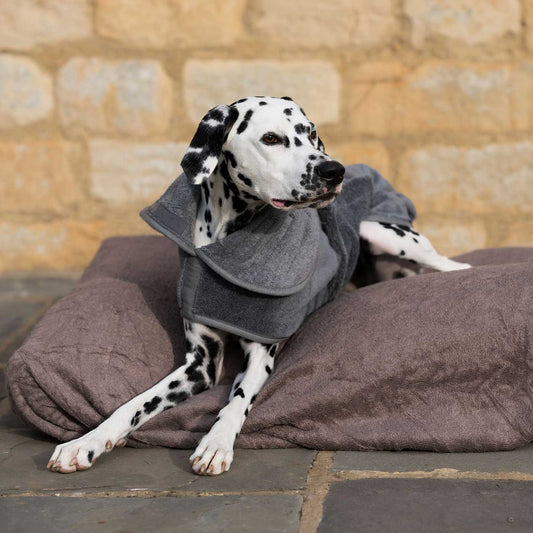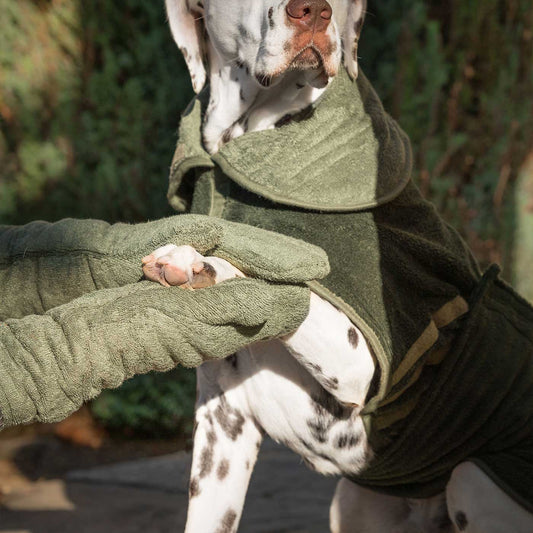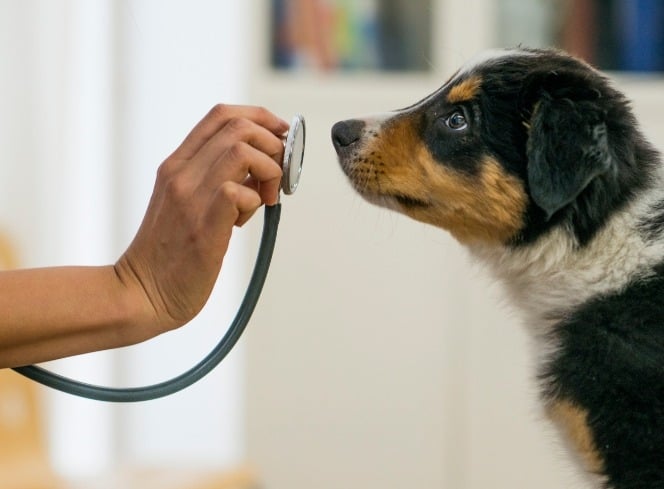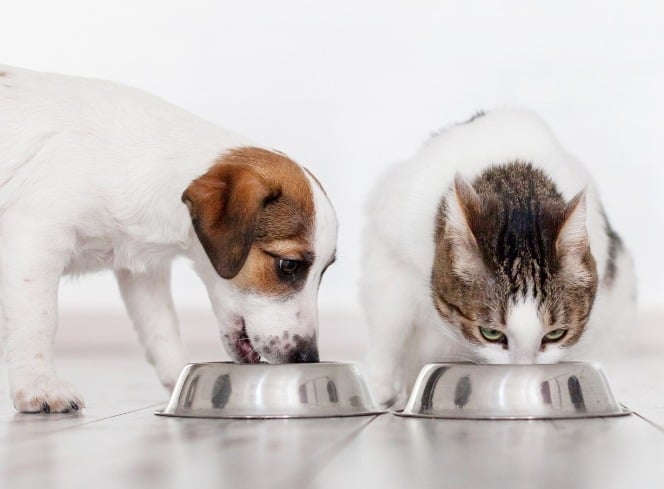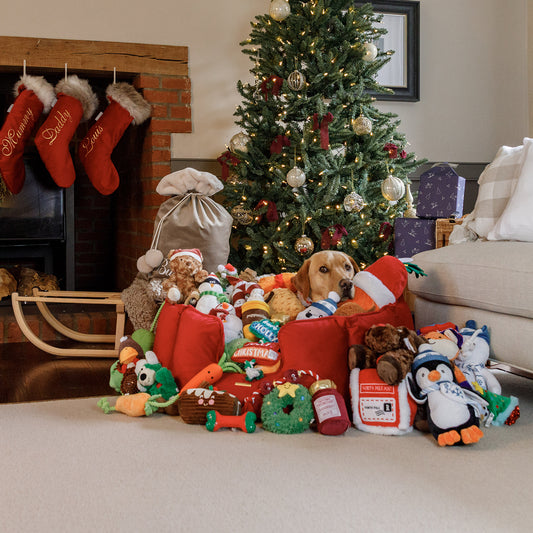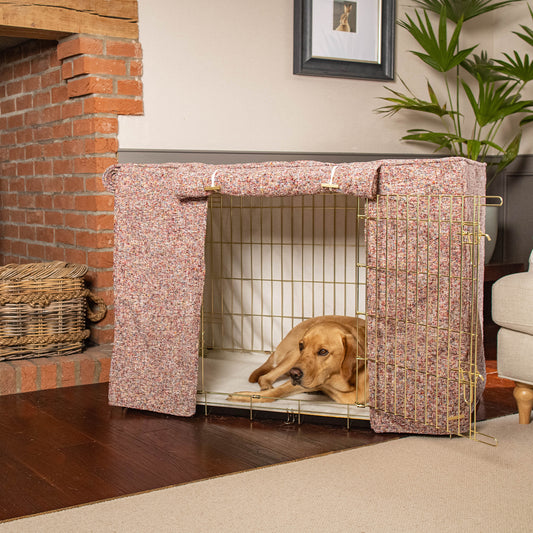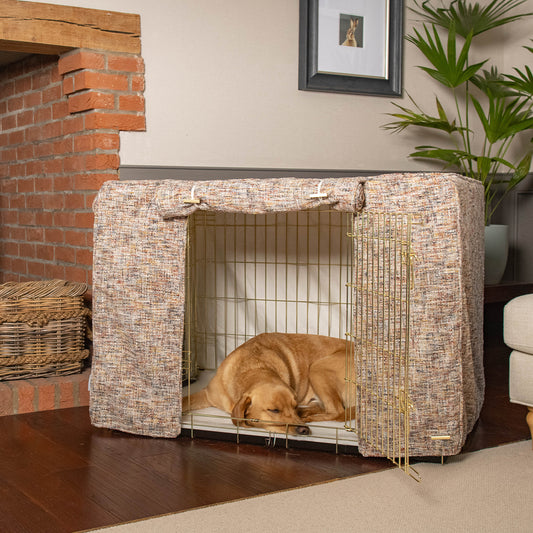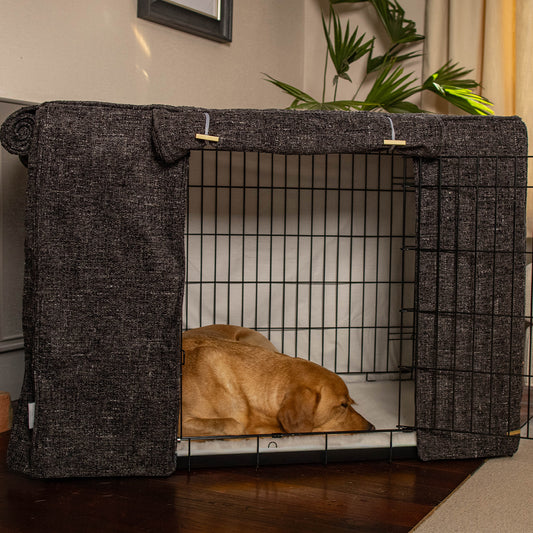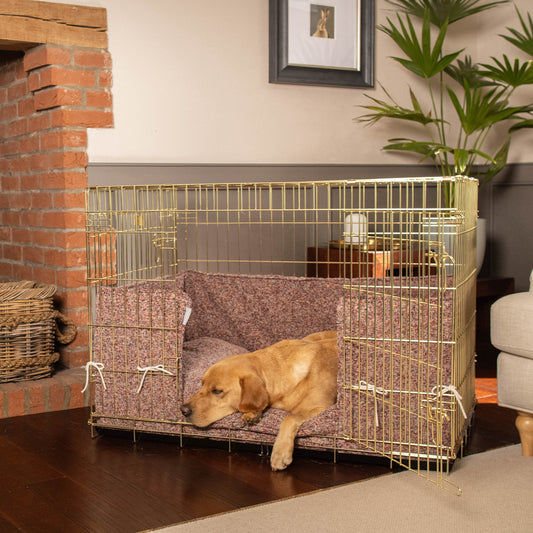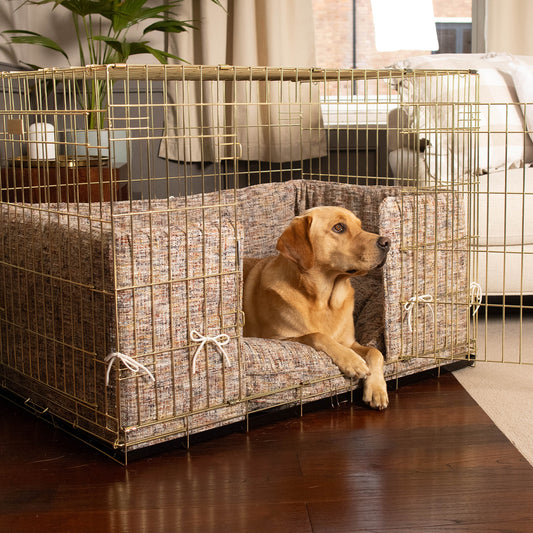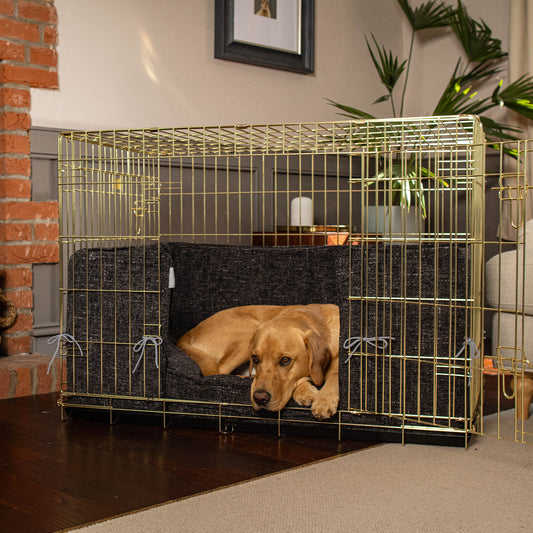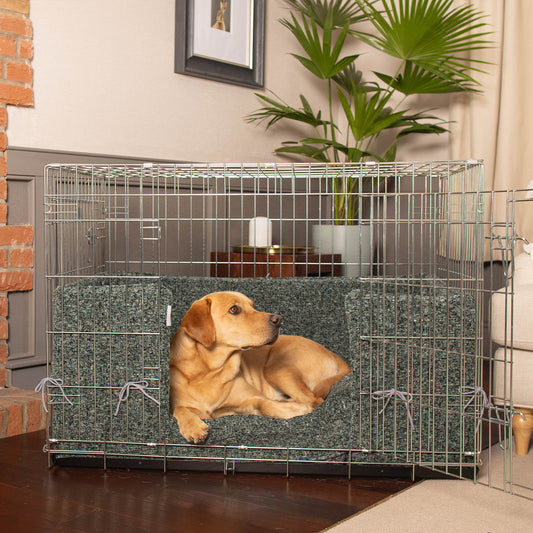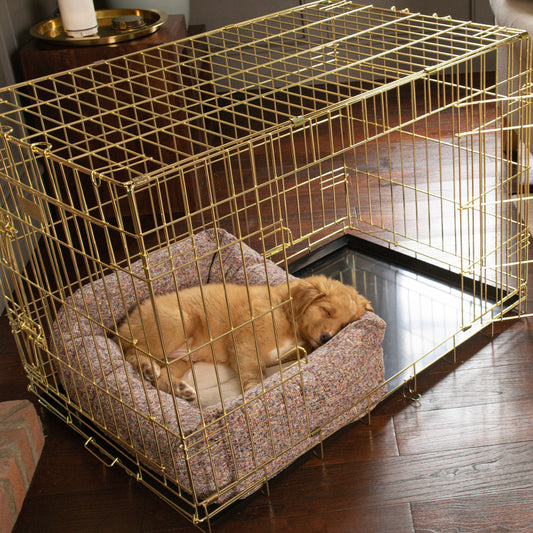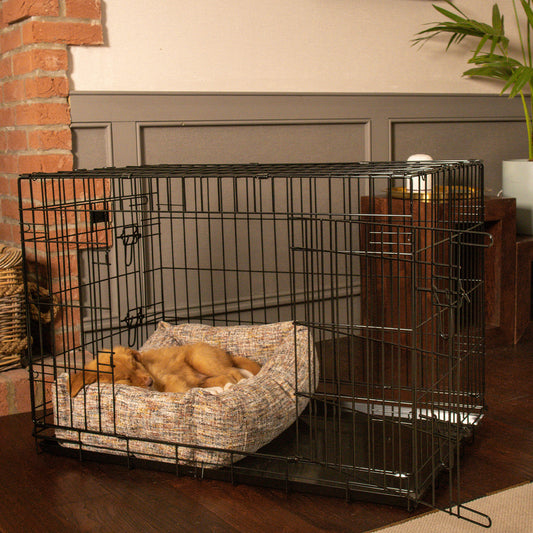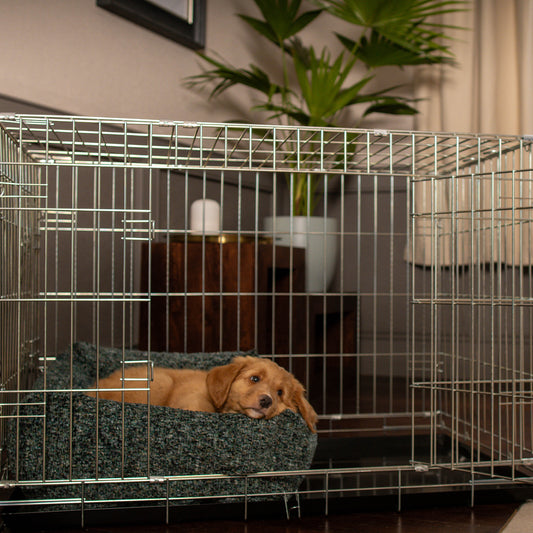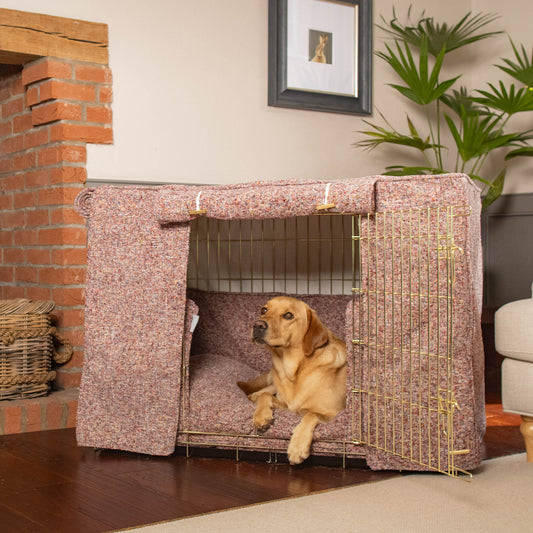Bathing your dog at home can be a rewarding experience that strengthens the bond between you and your furry friend. However, it can also be a daunting task if you’re unsure about the best approach. Ensuring that your dog’s coat and skin are clean and healthy is essential for their health & well-being. In this guide, we explore everything you need to know about bathing for dogs, including how to bathe a dog effectively, the best techniques, and tips for choosing the right shampoo for your dog’s specific needs.
Why is Regular Bathing Important?
Regular bathing is not just about keeping your dog looking and smelling fresh. It’s also vital for maintaining healthy skin and coat. Bathing removes dirt, debris, and excess oils that can accumulate on your dog’s skin, preventing issues such as irritation, infections, and matting. Additionally, regular baths can help you spot any unusual lumps, bumps, or skin conditions that may require veterinary attention.
How Often Should You Bathe Your Dog?
The frequency of bathing depends on several factors, including your dog’s breed, coat type, lifestyle, and any underlying skin conditions. Generally, most dogs should be bathed every 4 to 6 weeks. However, dogs with oily coats, such as Basset Hounds, may need more frequent baths, while breeds with water-resistant coats, such as Golden Retrievers, can go longer between baths.
If your dog has a specific skin condition, your veterinarian may recommend a more tailored bathing schedule. It’s important to avoid over-bathing, as this can strip the skin of natural oils and lead to dryness or irritation.

How to Bathe a Dog: Step-by-Step Guide
Bathing a dog at home doesn’t have to be a stressful experience. With the right preparation and approach, you can make bath time enjoyable for both you and your pet.
Gather Your Supplies
Before you begin, make sure you have all the necessary supplies on hand:
- Dog-specific shampoo: Choose a shampoo that is appropriate for your dog’s coat type and skin condition. Avoid using human shampoos, as they are not formulated for a dog’s pH balance and can cause irritation.
- Conditioner: If your dog has a long or thick coat, a conditioner can help detangle and soften their fur.
- Brush: A good brushing before the bath will help remove loose fur, dirt, and tangles, making the bathing process easier.
- Non-slip mat: Place a non-slip mat in the bath or shower to prevent your dog from slipping and feeling insecure.
- Towels: Have several towels on hand for drying your dog. Our bamboo drying mitts and coats are particularly effective at absorbing moisture.
- Cup or shower head: Use a cup or detachable shower head to rinse your dog thoroughly.
- Treats: Keep some treats nearby to reward your dog for good behaviour during the bath.
Brush Your Dog’s Coat
Before getting your dog wet, give them a thorough brushing. This helps to remove any loose hair, dirt, and mats. Brushing is especially important for long-haired breeds, as it prevents tangles from becoming worse when wet. Mats can trap moisture and lead to skin infections, so it’s important to address them before bathing.
Prepare the Bath
Fill the bath or sink with lukewarm water. The water should be comfortably warm—not too hot or cold—as dogs have sensitive skin. Make sure the water level is not too high; it should reach just below your dog’s chest. If you’re bathing a small dog, a sink may be more manageable than a full bath.
Wet Your Dog Thoroughly
Start by gently wetting your dog’s coat with water. Use a cup or a handheld shower head to wet the fur, starting from the neck and working your way down to the tail. Avoid getting water in your dog’s ears, eyes, and nose, as this can cause discomfort and potential infections. If necessary, you can place a cotton ball in each ear to prevent water from entering.
Shampoo Your Dog
Apply the dog shampoo by lathering it in your hands first, then gently massaging it into your dog’s coat. Focus on areas that tend to get dirty, such as the paws, tummy, and under the tail. Be sure to work the shampoo into a rich lather, but avoid scrubbing too harshly, as this can irritate the skin.
When choosing a shampoo, opt for one that is specifically designed for dogs. There are many types available, including shampoos for sensitive skin, flea control, and coat conditioning. If your dog has a skin condition, your vet may recommend a medicated shampoo.
Rinse Thoroughly
Rinsing is one of the most important steps in the bathing process. Any leftover shampoo residue can cause skin irritation, so it’s crucial to rinse your dog thoroughly. Use lukewarm water and continue rinsing until the water runs clear. Pay special attention to areas where soap tends to accumulate, such as under the arms and around the neck.
Condition (Optional)
If your dog has a long or thick coat, you may want to use a conditioner to help detangle and soften the fur. Apply the conditioner as directed on the bottle, then rinse it out thoroughly. As with shampoo, it’s important to ensure all the product is removed to avoid irritation.
Dry Your Dog
After rinsing, gently squeeze out excess water from your dog’s coat. Use towels or drying mitts to pat your dog dry, starting with the head and working your way down the body. For dogs with long hair, you may need to use a drying coat to get them as dry as possible. Some dogs may benefit from a blow dryer on a low, cool setting, but be sure to keep the dryer at a safe distance to avoid overheating.
Reward Your Dog
Bathing can be a stressful experience for some dogs, so it’s important to reward them afterward. Offer treats, praise, and playtime to reinforce positive behaviour and help your dog associate bath time with good things.

Choosing the Right Shampoo for Your Dog
Selecting the right shampoo is crucial for maintaining your dog’s coat and skin health. Here are a few tips for choosing the best shampoo for your dog:
- Skin Type: If your dog has sensitive skin, choose a hypoallergenic or oatmeal-based shampoo. For dogs with dry skin, look for moisturising shampoos with ingredients like aloe vera or coconut oil.
- Coat Type: Some shampoos are formulated specifically for certain coat types, such as curly, long, or short coats. Choose a shampoo that enhances the natural texture and shine of your dog’s fur.
- Medicated Shampoos: If your dog has a skin condition such as dermatitis or allergies, your vet may recommend a medicated shampoo. These shampoos contain active ingredients that help treat specific skin issues.
Bathing your dog at home can be a straightforward and enjoyable process when done correctly. By following the steps outlined above and choosing the right products, you can keep your dog’s coat and skin healthy, clean, and free of irritants. Regular bathing not only improves your dog’s hygiene but also strengthens the bond between you and your pet.
At Lords & Labradors, we offer a range of premium dog grooming products, including shampoos, conditioners, and grooming tools, to make bath time a breeze. Explore our collection today to find everything you need to keep your dog looking and feeling their best.


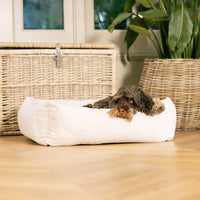

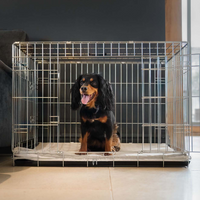



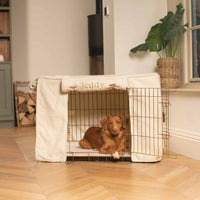
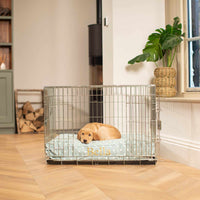
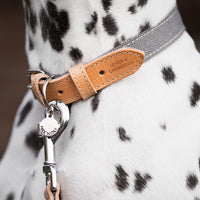

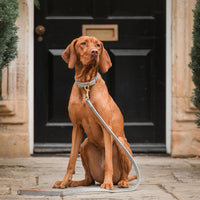
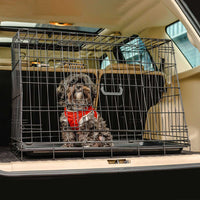
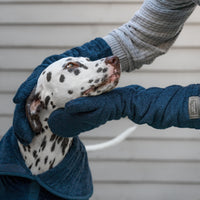
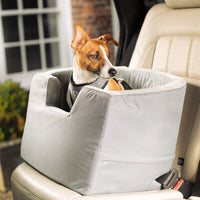
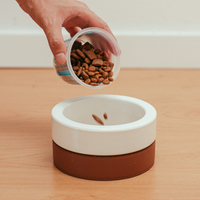
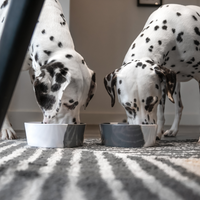


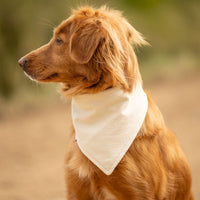
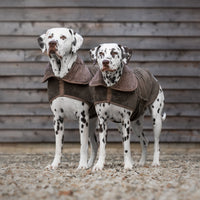
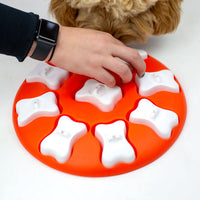

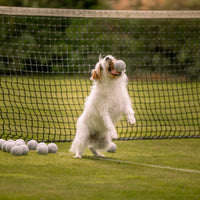
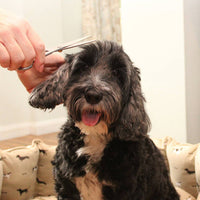

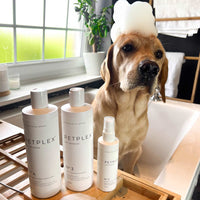

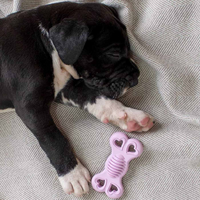
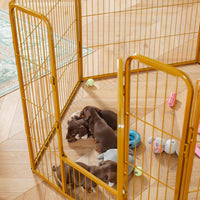
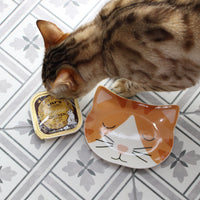








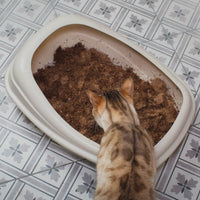
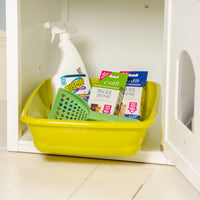


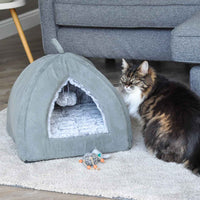



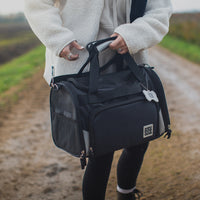





.jpg?v=1724921468464&options=)




